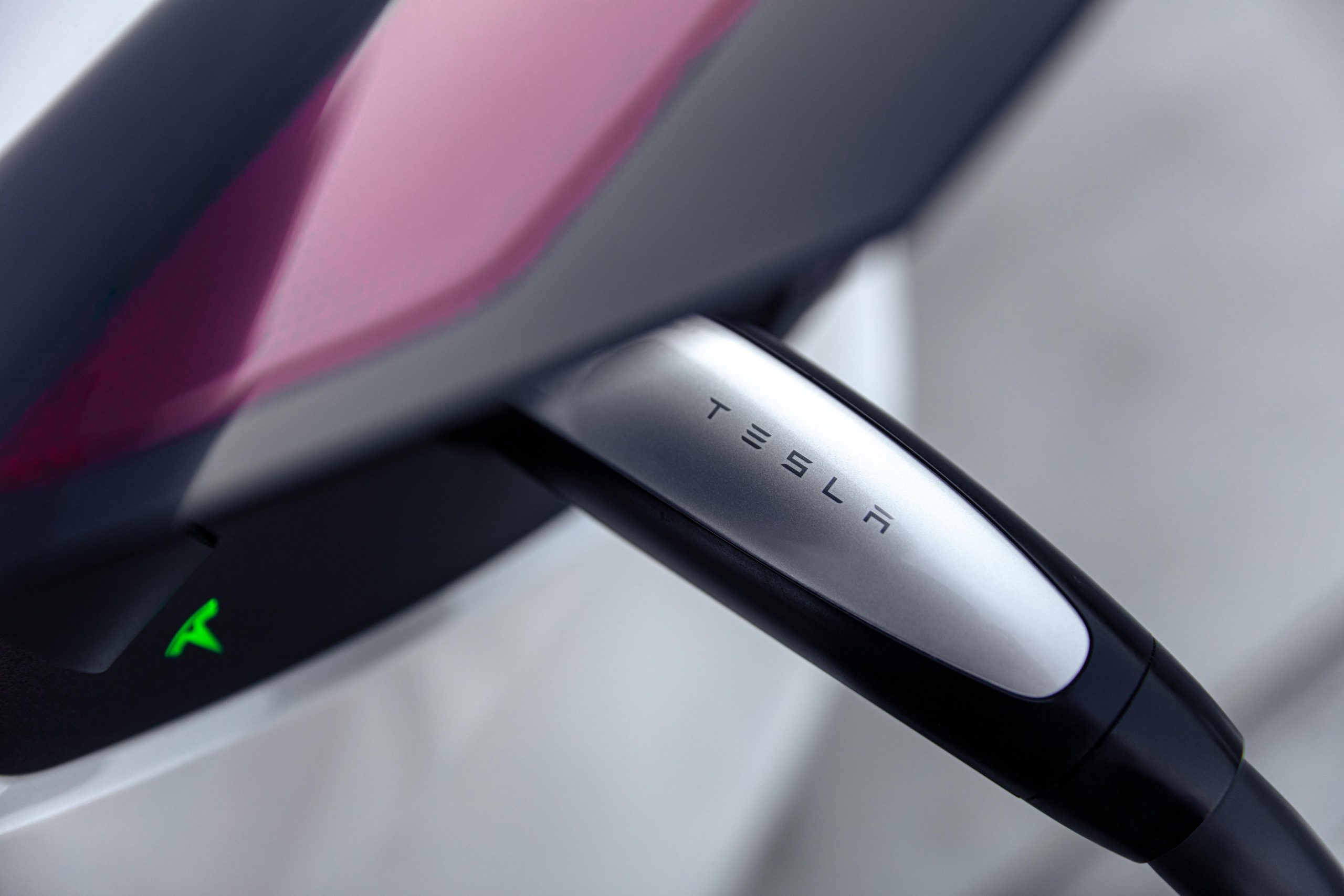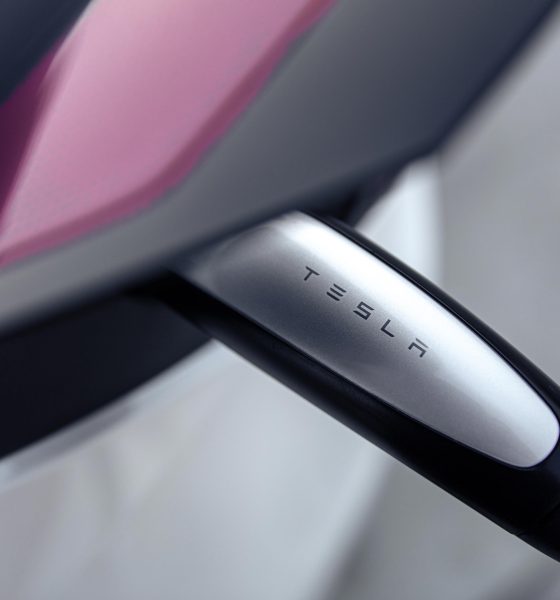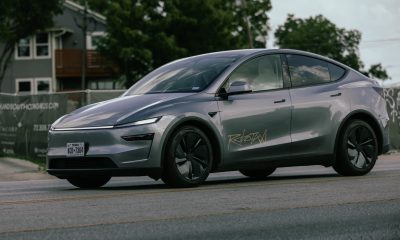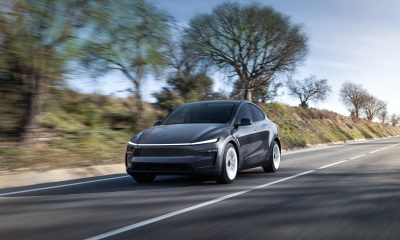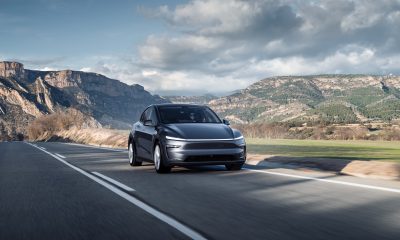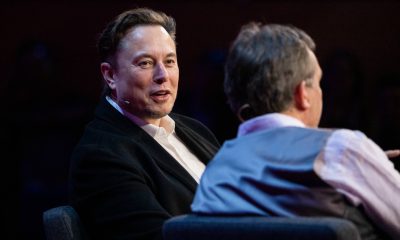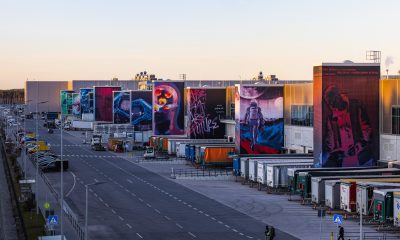In a recent announcement, EV charging hardware and software provider EverCharge announced that it would be fully supporting Tesla’s North American Charging Standard (NACS) in its entire network. The company will join auto giants Ford and General Motors (GM), and fellow EV charger provider ABB E-mobility as part of the growing Tesla NACS family.
In a blog post, EverCharge stated that the Combined Charging System (CCS) standard is not really the best. It’s clunky, and its performance could be better. EverCharge noted that Tesla’s charging system is simply better, partly due to its simplicity, ease of use, and overall performance.
“Tesla’s charging port predates CCS, and the company renamed it the North American Charging Standard (NACS) in 2022 to send a very clear message: its design is superior to CCS, and the industry should move to adopt it as the preferred standard. And they’re right. NACS has no moving parts, is half the size and more powerful than CCS, and ultimately provides a far better charging experience for drivers. What’s not to like?” the company wrote.
Jason Appelbaum, the founder and CEO of EverCharge, shared the same sentiments in a post on his official LinkedIn page. As per the executive, the growing adoption of the NACS simply means that the dominoes are now falling, and more and more are starting to wake up to the superiority of the North American Charging Standard.
“The dominos continue to fall. Yesterday’s announcement by GM to begin installing Tesla’s NACS in its EVs starting in 2025 – just two weeks after Ford did the same – is further proof of NACS’s superiority. EverCharge is proud to support this move to NACS, and I look forward to seeing which automakers join in next,” Appelbaum wrote.
While the adoption of the NACS across American automakers is a huge win for Tesla, it would likely provide challenges to other networks such as Electrify America, which does not support the standard for now. With Ford, GM, ABB E-mobility, and now, EverCharge announcing a shift to the NACS, it may only be a matter of time before the standard becomes the de facto charging system for North America.
Don’t hesitate to contact us with news tips. Just send a message to simon@teslarati.com to give us a heads up.
News
Tesla adjusts Robotaxi safety monitor strategy in Austin with new service area
The positioning of the driver, as well as the driver’s hands being closer to the steering wheel, is more similar to what Tesla is doing in the Bay Area Robotaxi program than it is to what it has done in Austin.

Tesla has adjusted its Robotaxi safety monitor strategy in Austin after it expanded its service area in the city last week for the third time.
Tesla has been operating its Robotaxi platform in Austin since June 22. The vehicles have been operated without a driver, but Tesla has placed safety monitors in the passenger’s seat as a precaution.
The safety monitors are responsible for performing any necessary interventions and maintaining a safe and comfortable cabin for riders as they experience Tesla’s first venture into the driverless ride-sharing space.
Last week, Tesla expanded its service area in Austin for the third time, expanding it from about 90 square miles to 170 square miles. The expansion included new territory, including the Austin-Bergstrom International Airport, Tesla’s Gigafactory Texas, and several freeways.
Tesla Robotaxi geofence expansion enters Plaid Mode and includes a surprise
The freeway is an area that is uncharted territory for the Tesla Robotaxi program, and this fact alone encouraged Tesla to switch up its safety monitor positioning for the time being.
For now, they will be riding in the driver’s seat when routes require freeway travel:
Sept 1 in Austin and our Robotaxi arrived with Tesla safety driver in the driver seat, similar to the Bay area (no logo on the car). Here’s that first moment when I realized, our autonomous car was heading onto the freeway. pic.twitter.com/1QfyN2Ubzf
— Gail 🇺🇸 (@gailalfaratx) September 2, 2025
The positioning of the driver, as well as the driver’s hands being closer to the steering wheel, is more similar to what Tesla is doing in the Bay Area Robotaxi program than it is to what it has done in Austin.
This is sure to draw criticism from skeptics, but it is simply a step to keep things controlled and safe while the first Robotaxi drives take passengers on the highway with this version of the Full Self-Driving software.
This FSD version differs from the one that customers have in their own vehicles, but CEO Elon Musk has indicated something big is coming soon. FSD v14 is coming to vehicles in the near future, and Musk has said its performance is pretty incredible.
Tesla’s Elon Musk shares optimistic teaser about FSD V14: “Feels sentient”
News
Tesla has best month ever in Turkey with drastic spike in sales
Tesla managed to sell 8,730 Model Y vehicles in Turkey, outpacing almost every competitor by a substantial margin. Only one brand sold better than Tesla in August in Turkey, and it was Renault.
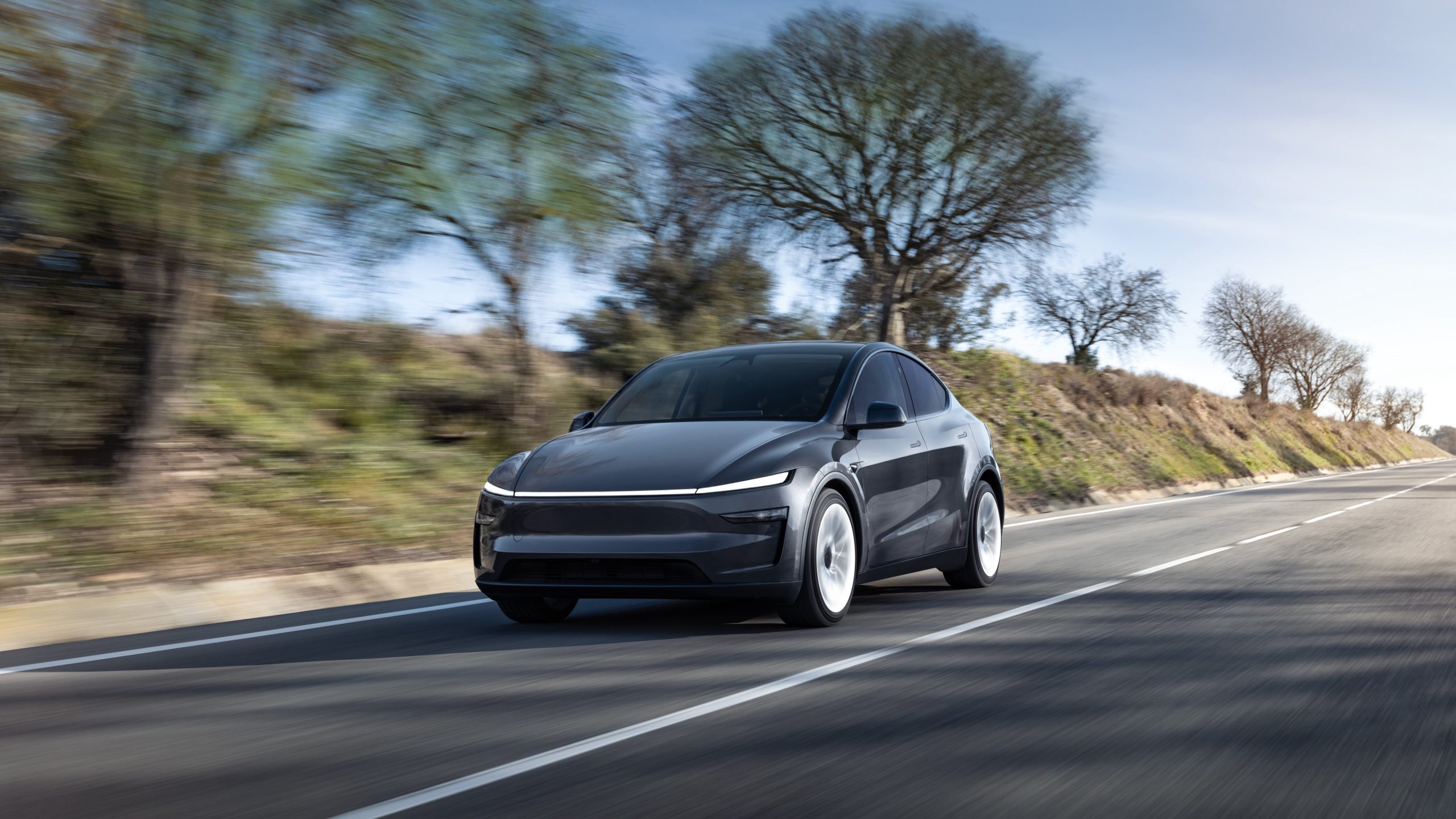
Tesla had its best monthly performance ever in Turkey in August, thanks to a drastic spike in sales.
Tesla saw an 86 percent bump in sales of the new Model Y in Turkey in August compared to July, dominating the market.
The performance was one of Tesla’s best in the market, and the company’s sales for the month accounted for half of all EV sales in Turkey for August, as it dominated and led BYD, which was the second-best-selling brand with just 1,639 units sold.
Tesla managed to sell 8,730 Model Y vehicles in Turkey, outpacing almost every competitor by a substantial margin. Only one brand sold better than Tesla in August in Turkey, and it was Renault.
Turkey reported 8,730 Tesla sales and 10.6% market share in August. BEV penetration is 21.3% and Tesla has 49.9% of this segment. 🇹🇷
• Market share is 558 basis points or 111% above the 3-month trailing average of 5.0%
• Tesla second best-selling brand
• Model Y best-selling… pic.twitter.com/qLhX7VQWXp— Roland Pircher (@piloly) September 2, 2025
Electric vehicles are, in some ways, more desirable than their gas counterparts in Turkey for several reasons. Most of the reasoning is financial.
First, EVs are subject to a lower Special Consumption Tax in Turkey. EVs can range from 25 percent to up to 170 percent, but this is less than the 70 to 220 percent rate that gas-powered vehicles can face. The tax is dependent on engine size.
Additionally, EVs are exempt from the annual Motor Vehicle Tax for the first ten years, providing consumers with a long-term ownership advantage. There are also credits that can amount to $30,000 in breaks, which makes them more accessible and brings down the cost of ownership.
Let’s not forget the other advantages that are felt regardless of country: cheaper fuel costs, reduced maintenance, and improved performance.
The base Model Y is the only configuration available in Turkey currently.
News
Tesla is upgrading airbag safety through a crazy software update
“This upgrade builds upon your vehicle’s superior crash protection by now using Tesla Vision to help offer some of the most cutting-edge airbag performance in the event of a frontal crash.”
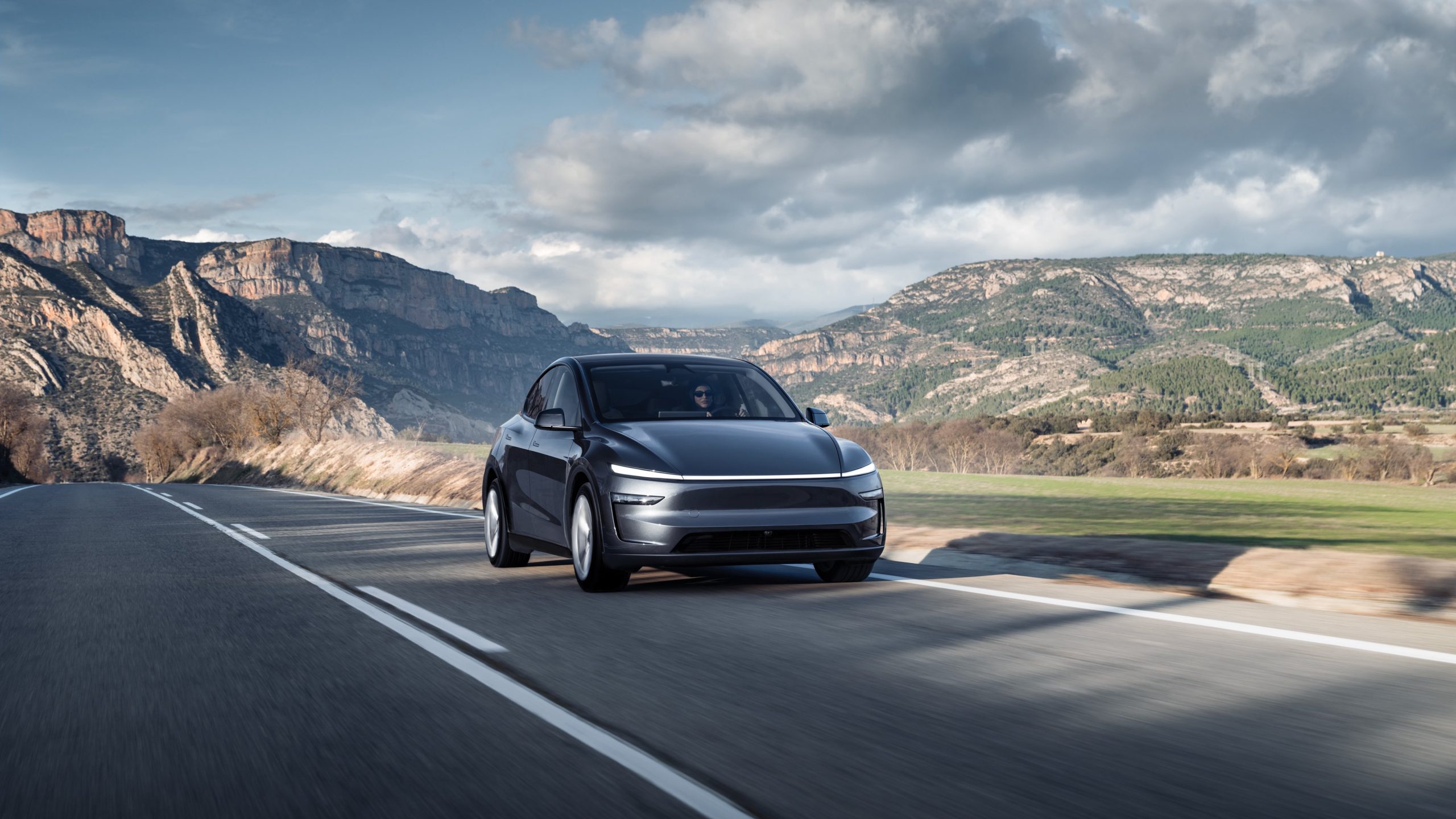
Tesla is upgrading airbag safety through a crazy software update, which will utilize the company’s vision-first approach to enable better protection in the event of an accident.
Over the years, Tesla has gained an incredible reputation for prioritizing safety in its vehicles, with crash test ratings at the forefront of its engineers’ minds.
This has led to Tesla gaining numerous five-star safety ratings and awards related to safety. It is not just a statistical thing, either. In the real world, we’ve seen Teslas demonstrate some impressive examples of crash safety.
Everything from that glass roof not caving in when a tree falls on it to a Model Y surviving a drive off a cliff has been recorded.
However, Tesla is always looking to improve safety, and unlike most companies, it does not need a physical hardware update to do so. It can enhance features such as crash response and airbag performance through Over-the-Air software updates, which download automatically to the vehicle.
In Tesla’s 2025.32 Software Update, the company is rolling out a Frontal Airbag System Enhancement, which aims to use Tesla Vision, the company’s camera-based approach to self-driving, to keep occupants safe.
The release notes state (via NotaTeslaApp):
“This upgrade builds upon your vehicle’s superior crash protection by now using Tesla Vision to help offer some of the most cutting-edge airbag performance in the event of a frontal crash. Building on top of regulatory and industry crash testing, this release enables front airbags to begin to inflate and restrain occupants earlier, in a way that only Tesla’s integrated systems are capable of doing, making your car safer over time.”
The use of cameras to predict a better time to restrain occupants with seatbelts and inflate airbags prior to a collision is a fantastic way to prevent injuries and limit harm done to those in the vehicle.
The feature is currently limited to the Model Y.
-

 News3 days ago
News3 days agoTesla is overhauling its Full Self-Driving subscription for easier access
-
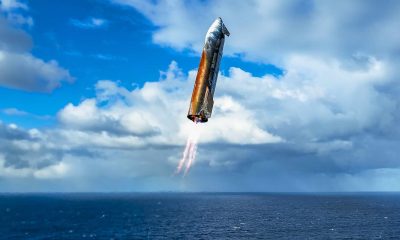
 Elon Musk4 days ago
Elon Musk4 days agoElon Musk shares unbelievable Starship Flight 10 landing feat
-
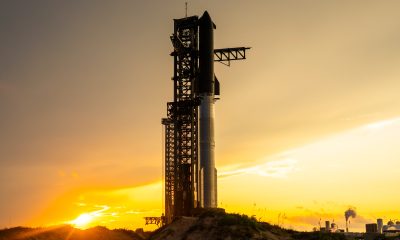
 Elon Musk5 days ago
Elon Musk5 days agoElon Musk reveals when SpaceX will perform first-ever Starship catch
-
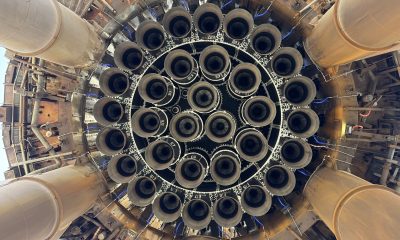
 Elon Musk6 days ago
Elon Musk6 days agoSpaceX Starship Flight 10 was so successful, it’s breaking the anti-Musk narrative
-
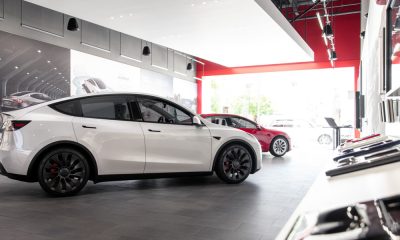
 News4 days ago
News4 days agoTesla expands crazy new lease deal for insane savings on used inventory
-
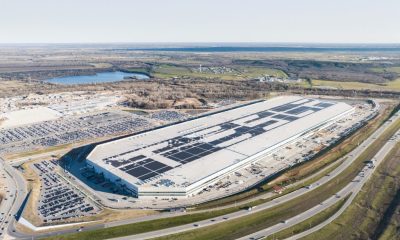
 News4 days ago
News4 days agoTesla talks Semi ramp, Optimus, Robotaxi rollout, FSD with Wall Street firm
-
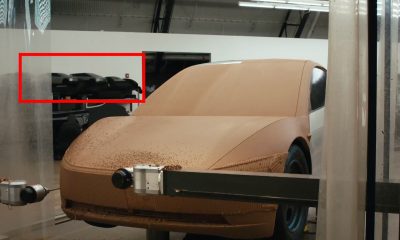
 News23 hours ago
News23 hours agoTesla appears to be mulling a Cyber SUV design
-
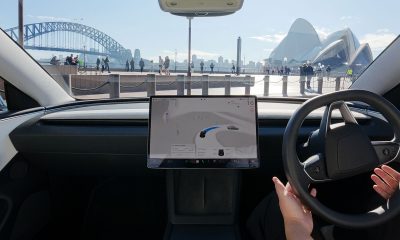
 News5 days ago
News5 days agoTesla launches Full Self-Driving in a new region

